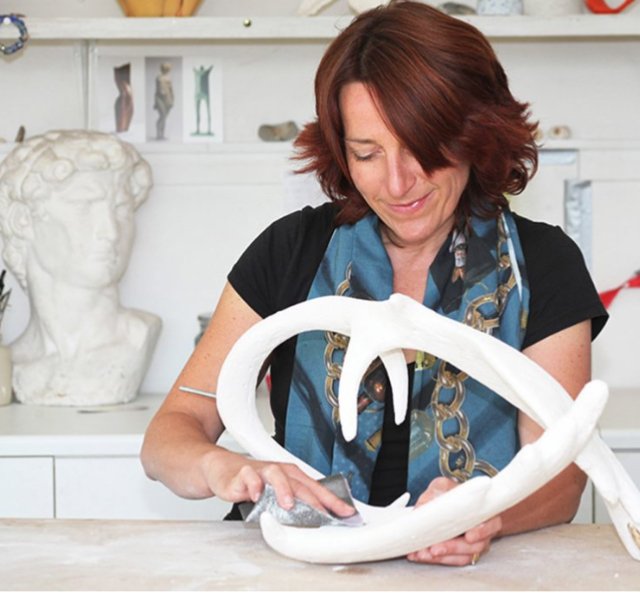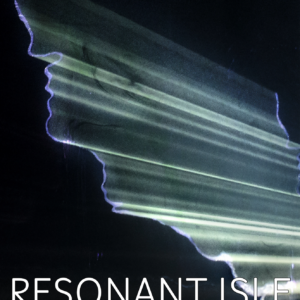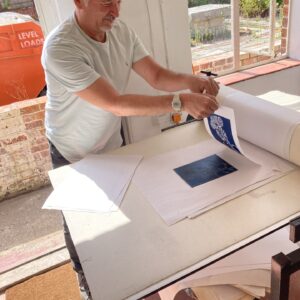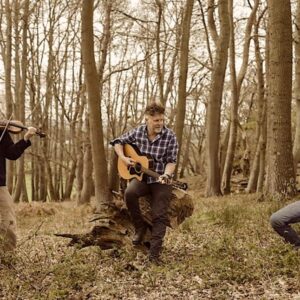
Talk by Sculptor Rebecca Newnham
Sandy Hill Arts is delighted to welcome internationally acclaimed sculptor, Rebecca Newnham .
This 45-minute talk is about Rebecca’s work in progress and her current interest in where the aquatic meets the higher ground, especially riverbanks, springs, wells, ponds, salt marshes, and beaches.
Rebecca’s work celebrates the natural world, champions characteristics of plants, and our understanding of how organic systems work. “Whilst the sculpture considers the scientific, it acknowledges the spiritual and magical side of our lives. It is even more pressing to uphold what we believe to be of value in these times of climate change with the threat of devastating destruction to the planet”.
Biography
Rebecca Newnham is a sculptor who often works with glass. Each work playfully integrates the natural world, science, and art, and they can be static or kinetic: some float, suspend, or rotate.
Wall works are inspired by an experience of place, the painted facets merge with ambient reflection blending the image with the present. Free-standing works interpret the world through scientific ideas such as fluid dynamics, waves of energy, and sound.
Newnham’s sculptures often have a glass skin. Light reflecting from this faceted glass surface changes as the viewer moves through the space adding to the impact of the work. Glass is painted with enamels, fired then cut, polished, and applied to wrap seamlessly around the form.
Newnham has works in private and museum collections; she alternates working on her own narrative pieces with site-specific commissions.
Work in progress: The Riverscape Series
ODDFORD Brook flows past my Chapel Studio in Tuckingmill and later joins the River Nadder. The banks of the brook are populated with alder, willow, field maple, beech, and hazel trees, and nettles, dandelions, comfrey, wild geranium, wild mint, dock, and a host of other wild plants are the understory. I spend time behind the studio and paint directly onto glass in the fresh air, outside, and the plants have gradually embedded themselves in the work.
The Riparian zone is where the aquatic meets the high ground, and includes riverbanks, the edges of lakes, marshland, and floodplain. Riparian vegetation helps remove potentially harmful runoff from agricultural land and helps to improve water quality. These areas are important corridors for wildlife, connecting habitats. The plants that grow here tell a story about the soil, about the presence of water, helping stabilize steam banks, and reduce any flood water velocity.




